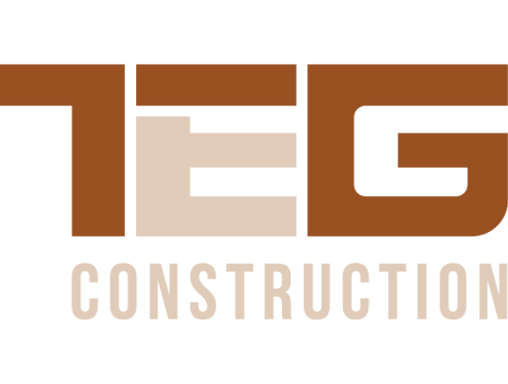Navigating Rising Material Costs and Inflation in the Construction Industry
In recent years, the construction industry has faced significant challenges due to rising material costs and inflation. These economic pressures affect project budgets, timelines, and overall profitability. At TEG Construction, we understand the importance of addressing these issues proactively to ensure the successful completion of our projects and the satisfaction of our clients. In this blog, we will explore the causes of rising material costs, the impact of inflation, and strategies to navigate these challenges effectively.
The Causes of Rising Material Costs
The cost of construction materials has been on the rise due to a variety of factors:
1. Supply Chain Disruptions
Global supply chain disruptions, exacerbated by the COVID-19 pandemic, have led to shortages of essential materials such as lumber, steel, and concrete. Delays in manufacturing, transportation bottlenecks, and port congestion have all contributed to increased material costs.
2. Increased Demand
The demand for construction materials has surged as economies recover and infrastructure projects ramp up. The residential construction boom, driven by low interest rates and increased demand for housing, has further strained supply chains and pushed prices higher.
3. Raw Material Shortages
Shortages of raw materials like iron ore, copper, and petrochemicals have driven up the cost of finished construction products. Environmental regulations and mining restrictions in various regions have also limited the availability of these crucial raw materials.
4. Trade Policies
Tariffs and trade policies have impacted the cost of imported materials. For instance, tariffs on steel and aluminum imports have led to price increases for these essential construction components.
The Impact of Inflation
Inflation, the general increase in prices and decrease in the purchasing power of money, has compounded the challenges posed by rising material costs. In the construction industry, inflation affects several aspects:
1. Project Budgets
Inflation leads to higher costs for materials, labor, and equipment, making it challenging to stay within the initial project budget. This can result in cost overruns and financial strain for both contractors and clients.
2. Bid Prices
As costs rise, contractors must adjust their bid prices to reflect the increased expenses. This can lead to higher overall project costs and potentially reduce the competitiveness of bids.
3. Contract Negotiations
Fixed-price contracts become riskier in an inflationary environment, as contractors may face unanticipated cost increases. This necessitates careful negotiation and consideration of escalation clauses to mitigate financial risks.
4. Financing Costs
Higher inflation often leads to increased interest rates, raising the cost of financing construction projects. This can affect the feasibility of projects and make it more difficult to secure funding.
Strategies to Navigate Rising Material Costs and Inflation
While rising material costs and inflation present significant challenges, there are strategies that construction companies can employ to mitigate their impact:
1. Early Procurement
Proactively purchasing materials early in the project timeline can help lock in prices and avoid future cost increases. Bulk purchasing agreements and long-term supplier contracts can also provide price stability.
2. Value Engineering
Value engineering involves evaluating alternative materials and construction methods to find cost-effective solutions without compromising quality. This approach can help manage costs while maintaining project integrity.
3. Flexible Contracts
Incorporating escalation clauses in contracts allows for adjustments in project pricing based on changes in material costs and inflation rates. This flexibility helps protect both contractors and clients from unforeseen financial pressures.
4. Efficient Project Management
Streamlining project management processes and improving efficiency can help reduce overall project costs. Effective scheduling, resource allocation, and communication are key to minimizing delays and avoiding additional expenses.
5. Technology Integration
Leveraging technology, such as Building Information Modeling (BIM) and construction management software, can enhance project planning, coordination, and execution. These tools provide valuable insights into material usage, cost tracking, and project timelines, enabling better decision-making.
6. Sustainable Practices
Adopting sustainable construction practices can mitigate the impact of material cost fluctuations. Using recycled materials, optimizing resource use, and incorporating energy-efficient designs can contribute to long-term cost savings.
TEG Construction’s Approach
At TEG Construction, we are committed to navigating the challenges of rising material costs and inflation with a proactive and strategic approach. Our team continuously monitors market trends and adjusts our procurement and project management practices to ensure cost-effective solutions for our clients. By embracing innovation, efficiency, and sustainability, we strive to deliver high-quality projects on time and within budget, despite economic pressures.
Conclusion
Rising material costs and inflation present significant challenges for the construction industry. However, with careful planning, strategic procurement, and efficient project management, these challenges can be effectively navigated. At TEG Construction, we are dedicated to providing our clients with resilient solutions that withstand economic fluctuations, ensuring successful project outcomes in any market condition.




